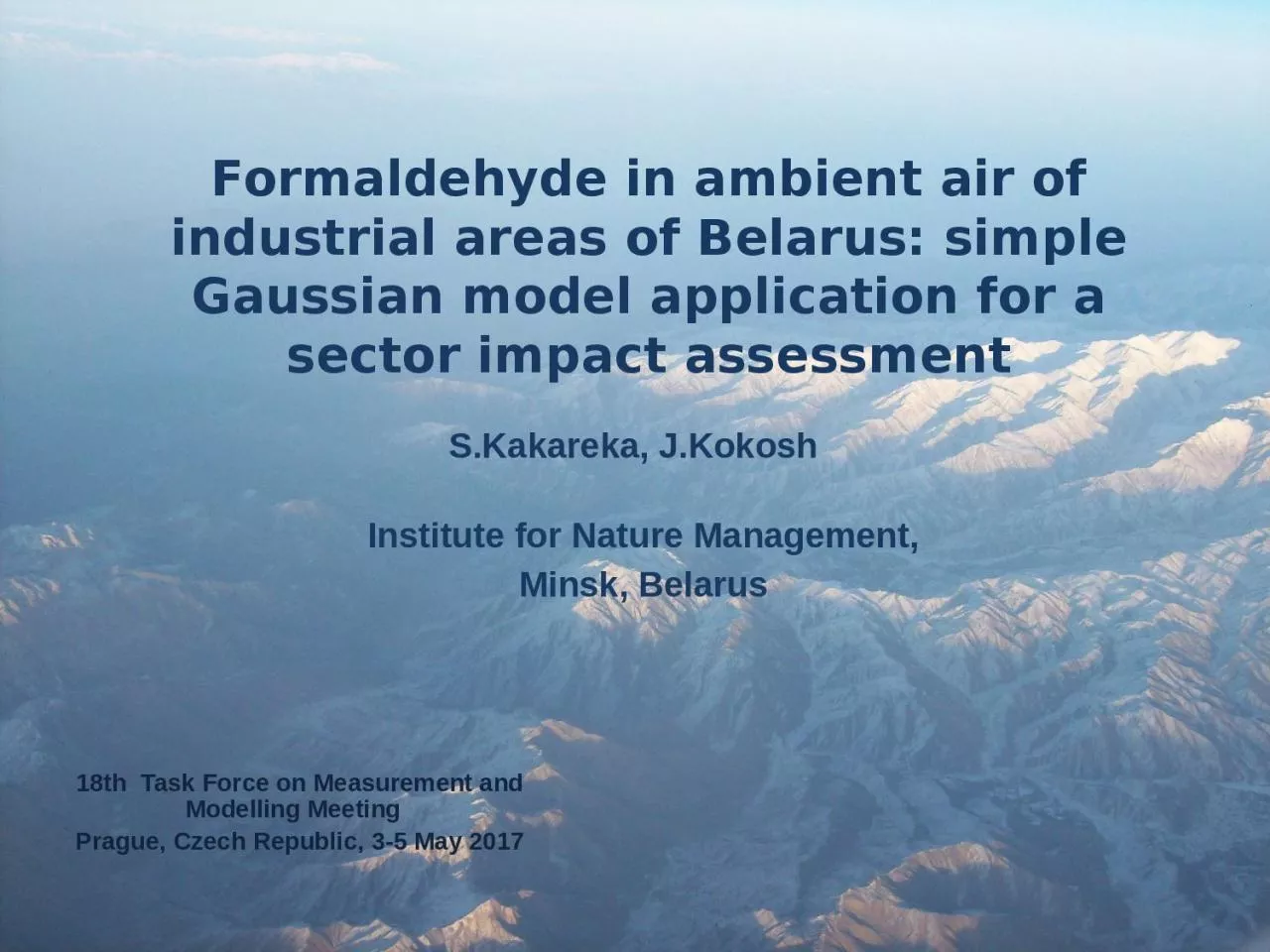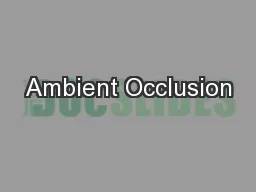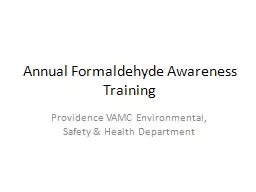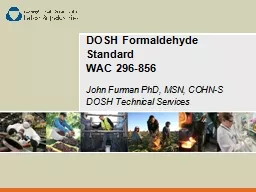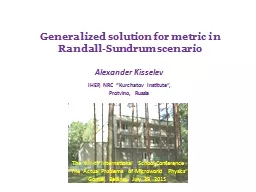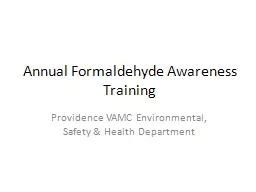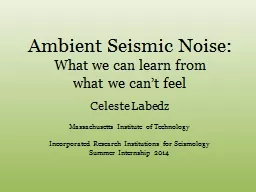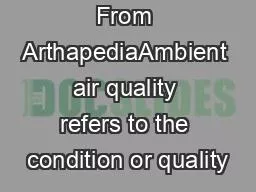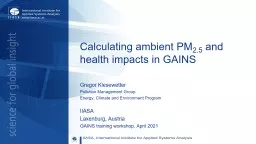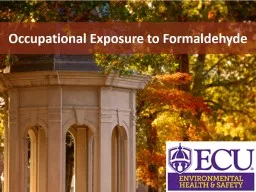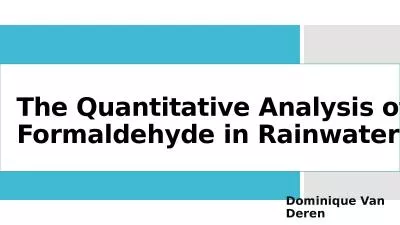PPT-Formaldehyde in ambient air of industrial areas of Belarus: simple Gaussian model
Author : riley | Published Date : 2024-03-15
application for a sector impact assessment Institute for Nature Management Minsk Belarus 1 8 th Task Force on Measurement and Modelling Meeting Prague Czech
Presentation Embed Code
Download Presentation
Download Presentation The PPT/PDF document "Formaldehyde in ambient air of industria..." is the property of its rightful owner. Permission is granted to download and print the materials on this website for personal, non-commercial use only, and to display it on your personal computer provided you do not modify the materials and that you retain all copyright notices contained in the materials. By downloading content from our website, you accept the terms of this agreement.
Formaldehyde in ambient air of industrial areas of Belarus: simple Gaussian model: Transcript
Download Rules Of Document
"Formaldehyde in ambient air of industrial areas of Belarus: simple Gaussian model"The content belongs to its owner. You may download and print it for personal use, without modification, and keep all copyright notices. By downloading, you agree to these terms.
Related Documents

